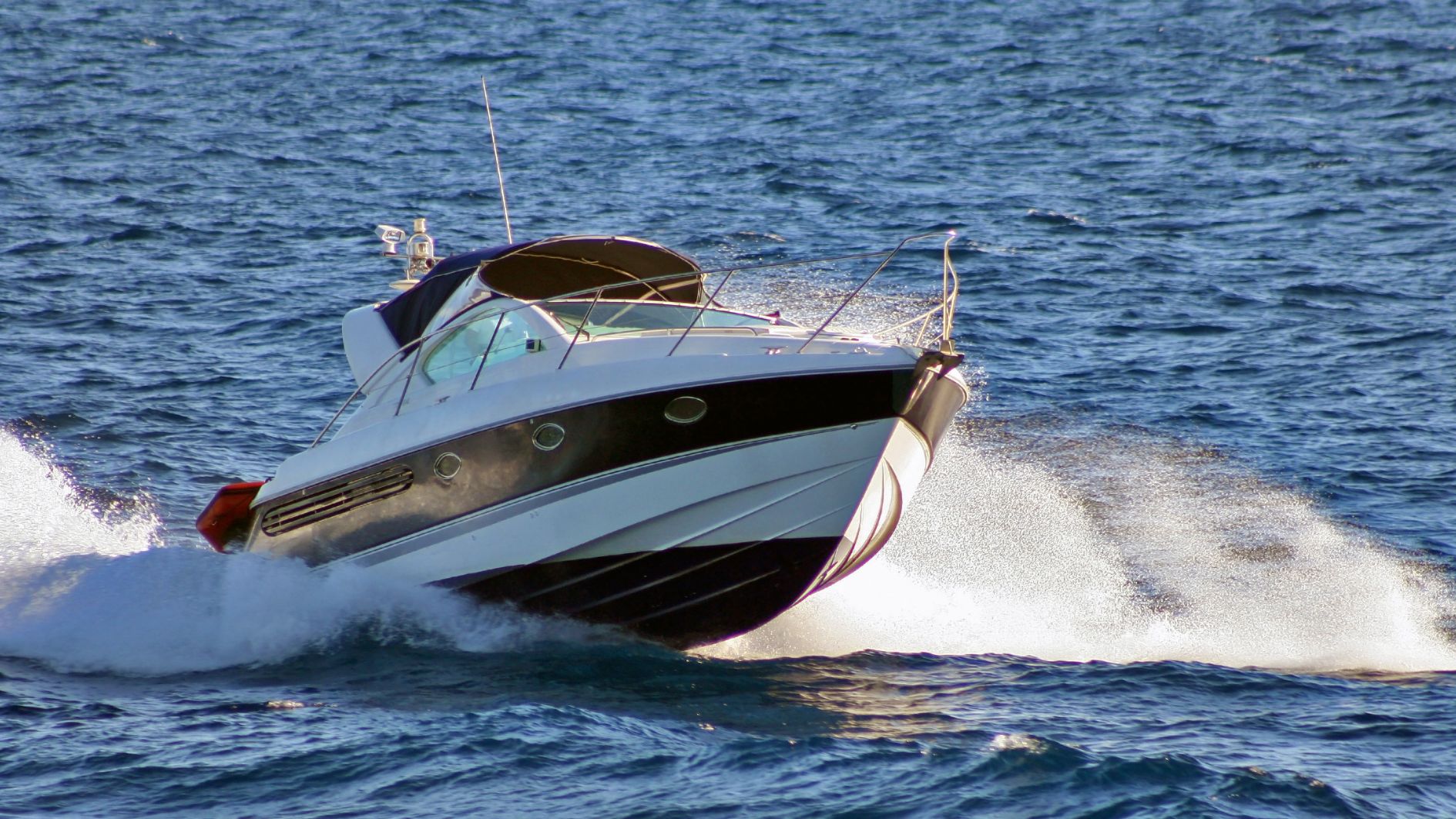Image source: Canva.com
As boaters, the allure of freedom on the open water is unparalleled. However, this freedom comes with the need for reliable energy sources. Solar panels provide a sustainable and efficient way to power your boat’s systems, reducing reliance on fuel and increasing your time off the grid. This guide will walk you through the essential steps of installing solar panels on your boat.
Why Choose Solar Panels for Your Boat?
Solar panels offer several benefits for boaters:

- Sustainability: Harnessing solar energy reduces your carbon footprint.
- Cost-effectiveness: Over time, solar panels pay for themselves by cutting fuel costs.
- Reliability: Solar energy provides consistent power, even in remote areas.
- Low maintenance: Modern solar systems require minimal upkeep.
Assessing Your Power Needs

Before purchasing solar panels, calculate your boat’s daily energy consumption. List all electrical devices, including navigation lights, refrigerators, radios, and any additional equipment.
Electricity Consumption of Common Boat Appliances
| Appliance | Power Consumption (W) | Daily Hours of Use | Daily Power Consumption (Wh) |
|---|---|---|---|
| Light bulb | 60 | 6 | 360 |
| TV | 200 | 4 | 800 |
| Microwave | 800 | 0.1 | 80 |
| Mini-fridge | 200 | 24 | 4,800 |
| Fan | 400 | 2 | 800 |
| Bilge pump | 40 | 1 | 40 |
| GPS display | 50 | 3 | 150 |
Choosing the Right Solar Panels
There are three main types of solar panels to consider:

Monocrystalline Panels
Highly efficient and space-saving, but more expensive.

Polycrystalline Panels
More affordable with slightly lower efficiency.

Flexible Panels
Lightweight and ideal for curved surfaces but less durable over time.
Choose panels with appropriate wattage to match your calculated energy needs. For boats, flexible or semi-flexible panels are often preferred due to their adaptability to uneven surfaces.
Additional Components Needed
- Charge controller: Prevents overcharging and regulates power flow to your battery. MPPT (Maximum Power Point Tracking) controllers are more efficient than PWM (Pulse Width Modulation).
- Batteries: Deep-cycle marine batteries store solar energy for use when the sun isn’t shining. Lithium-ion batteries are highly efficient and long-lasting.
- Inverter (optional): Converts DC power to AC power for running household appliances.
- Mounting hardware: Secures panels to your boat. Options include rail mounts, deck mounts, and bimini mounts.
- Cables and connectors: Ensure compatibility with your chosen components.
Installation Steps
Plan the Layout
Determine where to place the solar panels for maximum sunlight exposure. Common locations include the bimini top, deck, or cabin roof.
Secure the Panels
Use appropriate mounting hardware to install the panels. Ensure they’re fixed securely to withstand marine conditions.
Connect the System
- Link the solar panels to the charge controller.
- Connect the charge controller to the battery bank.
- If using an inverter, connect it to the battery bank as well.
Test the System
Check for proper functionality by monitoring the charge controller and testing connected devices.
Protect the Wiring
Use marine-grade cables and secure them to prevent damage from water, vibration, or UV exposure.
Maintenance Tips
Clean the Panels Regularly
Remove salt, dirt, and debris to maintain efficiency.
Inspect Connections
Periodically check for corrosion or loose connections.
Monitor Performance
Use the charge controller’s display or an app to track energy production and battery status.
Common Challenges and Solutions
- Shading: Even small shadows can significantly reduce efficiency. Choose an installation location with minimal shading and consider panels with bypass diodes.
- Space constraints: Opt for higher-efficiency panels or combine multiple smaller panels.
- Marine environment: Invest in corrosion-resistant components designed for marine use.

Installing solar panels on your boat is a rewarding project that enhances your boating experience while promoting sustainability. By carefully planning your system and following proper installation practices, you can enjoy clean, renewable energy on every voyage. Whether you’re a weekend sailor or a full-time liveaboard, solar power is a game-changer for life on the water.





